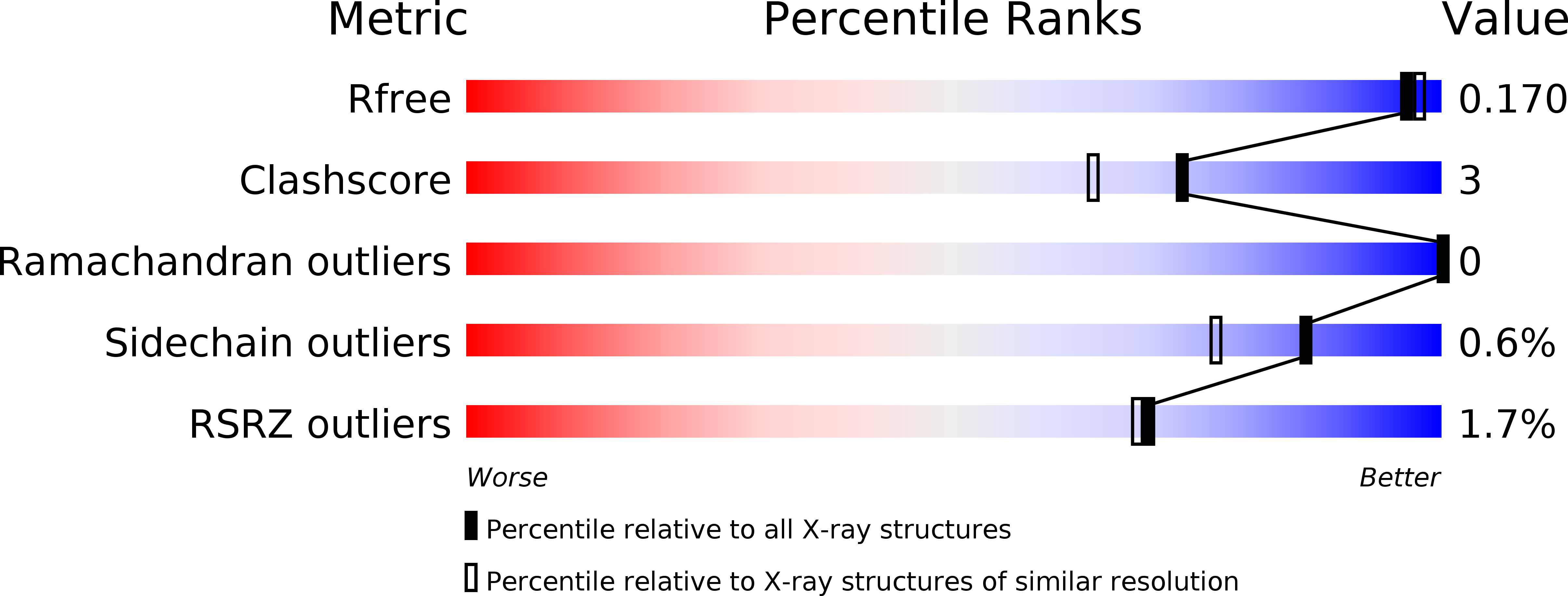
Deposition Date
2018-07-08
Release Date
2019-01-30
Last Version Date
2024-05-15
Entry Detail
Biological Source:
Source Organism:
Synechocystis sp. (strain PCC 6803 / Kazusa) (Taxon ID: 1111708)
Host Organism:
Method Details:
Experimental Method:
Resolution:
1.59 Å
R-Value Free:
0.14
R-Value Work:
0.14
R-Value Observed:
0.14
Space Group:
C 1 2 1


